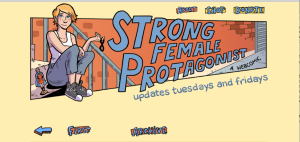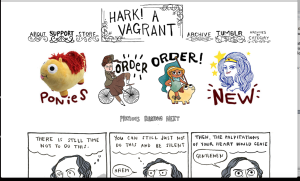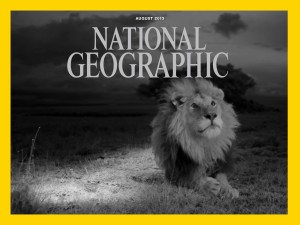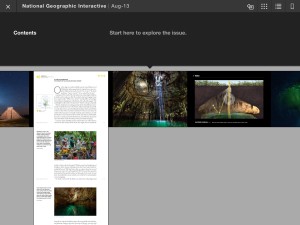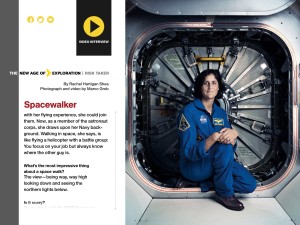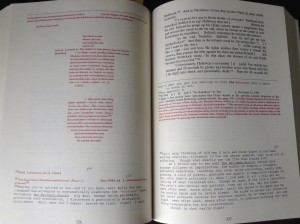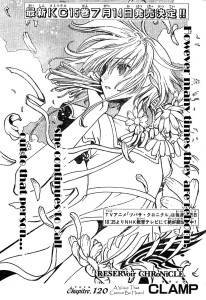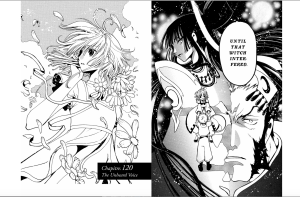If I had a time machine that would allow me to skip around in time, maybe a Time Pogo Stick, I would go to the various periods of change in the format of the book and tell people to “CALM DOWN. Seriously, guys, the book is not going to die. We’re all still reading happily. Chill out.” Sadly, I don’t have a Time Pogo Stick, so I guess I won’t get to yell at all those doomsday predictors. (But, it looks like Stephanie has already done that. So, yay!) No, I only have this old, generic time machine with the panels falling off. One round trip left to make before the Time Batteries finally die. So, I’m going to have to go to the Library of Alexandria. I mean, this is my one chance!
I did a brief stint in Near and Middle Eastern Studies during undergrad. It seemed that every single class was marred by the statement that “So-and-So wrote a history of Mesopotamia, or Egypt, and was a contemporary during such-and-such important historical event. Yes, and their book was enshrined in the Library of Alexandria, where it was lost forever. We have, like, ten paragraphs of it that other contemporary historians referenced in their own works. So, yay for scholarship! *sob*”
The loss of the contents of those books, leaving massive gaps in our knowledge and understanding of history, has always haunted me. It’s not like they were just someone’s personal ramblings. They were important works, embraced by the scholarly community of the time. They were sent to the Library to be preserved and made available to everyone. They are now lost forever.
So, I would go back and say to a librarian, “Look. I know you think this place will last forever. It’s very nice, truly. But there is a whole future to come that you have no control over. The only thing you might be able to control is what is remembered. So you need to start making copies and disseminating them. Hopefully some will survive. Also, do you have these two books? You should copy them first. Wait. I’m just going to wave my magic rectangle over them for a bit. Don’t worry, I’m a librarian too.”
That’s what I think about when I think about the future of the book now: not so much the book as a concept but the information we transmit through it. As we move through different formats and contexts, we need to make sure that we’re preserving that information in ways that can also adapt. We can’t get complacent or put our trust into one form over another, one institution over all others. What I’m trying to say is that this class has taught me to trust in the future of the book. It’s the future of particular books I worry about now.
Note: Readers may have noticed I’ve been quite vague about the inciting works in this post. That is because I can’t remember what they were called or who the authors were. I didn’t save my notes for that class. That just goes to show you never know what might be important down the line.


